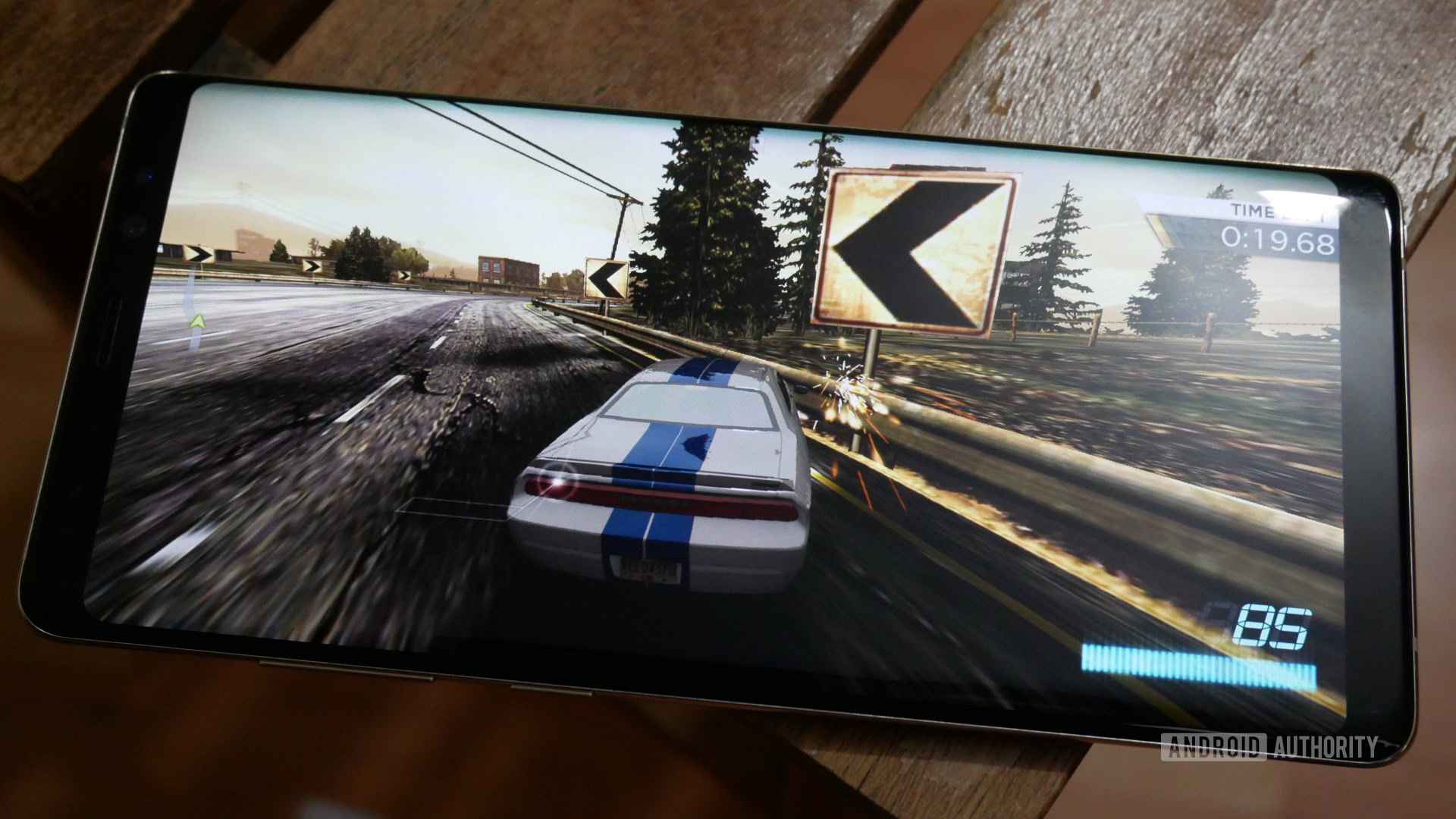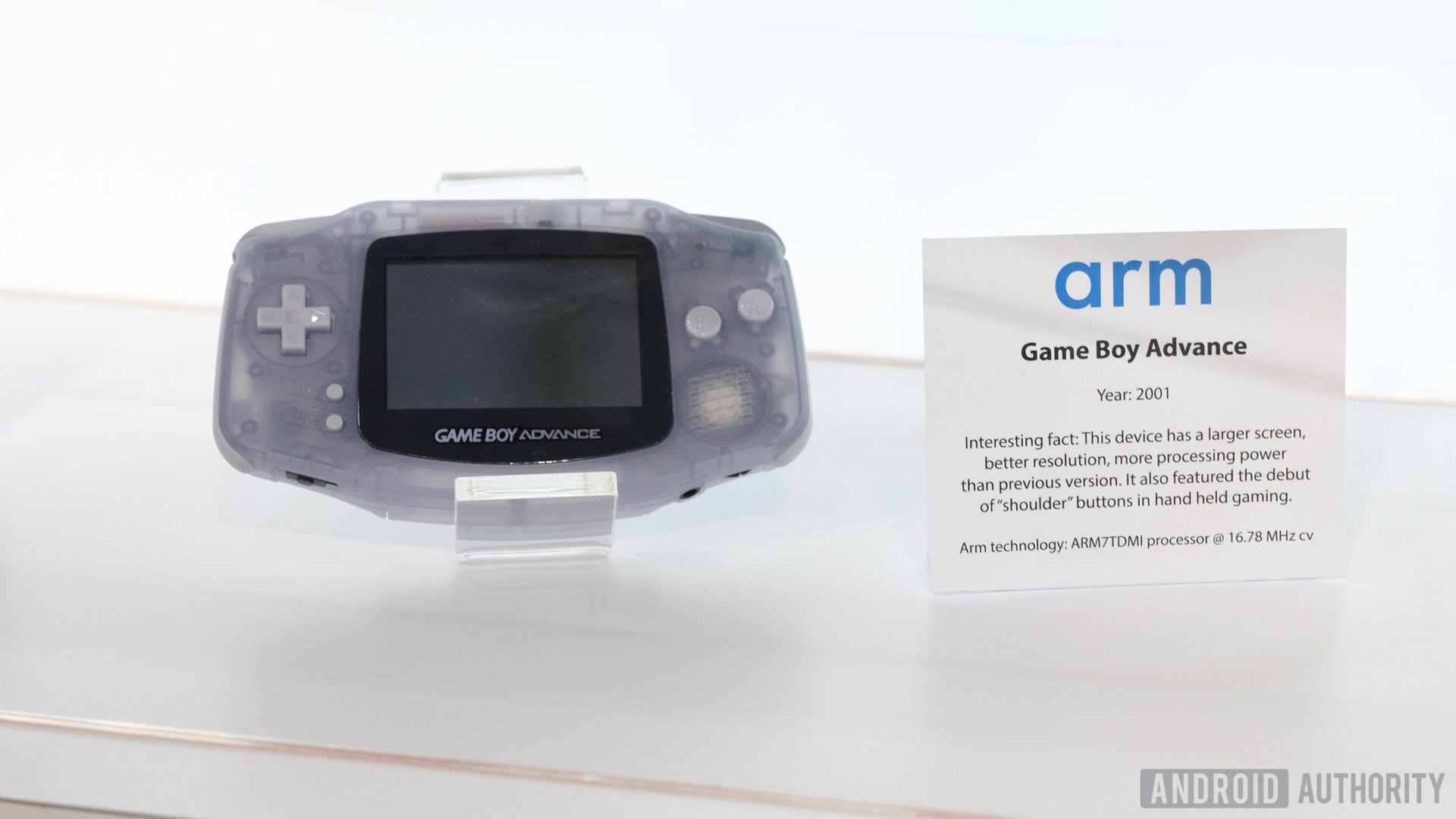
Promoted by Arm
Mention mobile gaming and most people will think of games like Angry Birds or Candy Crush running on your Android smartphone, but handheld gaming is much older than that.
The gaming market will be worth around $124 billion this year and about 35 percent of that is for mobile gaming. That makes mobile gaming the largest segment in the market, beating console gaming, which makes up around 46 percent of the market.
One name in smartphones is synonymous with power efficiency and performance for both CPUs and GPUs — Arm. The first ever Android phone, the HTC Dream, used a single core ARM11 processor running at 528MHz. Today most smartphones use multi-core Arm-based processors running at speeds measured in GHz, not MHz. The new Huawei P20 has a processor with eight Arm-designed cores (four Cortex-A73 cores and four Cortex-A53 cores) plus an Arm GPU, the Mali-G72.
While Arm-based processors in modern smartphones can handle sophisticated 3D games and virtual reality, mobile gaming wasn't always so advanced!
Nokia 6110 and Snake

Probably the most iconic mobile game of all time is Snake, which originally came out on the Nokia 6110, the first GSM phone to use an Arm processor. It was programmed by Taneli Armanto at Nokia in 1997. Since then the game has come in many varieties, from Snake II for the original Nokia 3310 to a version for Facebook Messenger. Even the revived 2017 version of the Nokia 3310, which also uses an Arm processor, includes a new and improved version!
Panasonic and Nintendo

Arm's gaming roots go even deeper, though. Back in 1993, Panasonic released its 3DO gaming console, which was powered by a 32 bit ARM60 processor, running at 12.5 MHz, making it one of the first 32-bit gaming consoles! It was well received and Panasonic sold over 2 million units. Its most popular game was Gex, a platforming game published in 1995. Even before it became bundled with the console, Gex sold over a million copies.
With the rise of handheld gaming devices like the Game Boy, Nintendo picked an Arm ARM7 processor for the Game Boy Advance. At the time of its release in 2001, it was one of the most powerful handheld mobile gaming devices.
The Game Boy Advance was a great success for Nintendo and remained on sale until 2010. It is estimated Nintendo sold over 81 million units.
At the time of its release in 2001, it was one of the most powerful handheld mobile gaming devices.
The successor to the Game Boy Advance was the Nintendo DS, which was even more popular than the Game Boy Advance. Nintendo sold over 154 million units. At the heart of the Nintendo DS were two Arm Processors. The first, an ARM9 processor running at 67MHz, was responsible for the gameplay and video rendering. The second processor, an ARM7 processor— the same processor found in the Game Boy Advance— was used for sound processing, Wi-Fi support, and for backwards compatibility with the Game Boy Advance.
Next came the Nintendo 3DS, which was officially unveiled at E3 in 2010. Like the Game Boy Advance and DS before it, the new device used an Arm processor — this time a dual-core ARM11 processor. Since it used a dual-core processor, Nintendo was able to design the system so one CPU core was used for gameplay while the was used exclusively by the operating system. The 3DS also included an ARM9 processor to offer direct backwards compatibility with the Nintendo DS.
Android
While Arm processors were being used by Nintendo for its handheld gaming units, the success of the HTC Dream ignited a billion-dollar industry.
The same year Nintendo launched the 3DS, HTC and Google launched the Nexus One. It came with Android 2.1 Eclair, a 3.7 inch 800 x 480 display, and used the Arm based 1GHz Qualcomm Scorpion processor.
Next came the Nexus S, and then the Galaxy Nexus, all with Arm based processors. The Nexus line continued all the way until 2015 with the release of the Nexus 5X and the Nexus 6P, both of which had multi-core 64-bit ARMv8-based processors.
Another iconic range of Android devices is the Samsung Galaxy S series. The original Galaxy S was also released in 2010. By 2012 Samsung had launched the Galaxy S3, the first Galaxy S device to use an Arm Mali GPU. This set the trend for yearly releases of new Galaxy S devices, which culminated in the recently released Samsung Galaxy S9.
Play Store

At the heart of the Android ecosystem is the Google Play Store. It allows Android users to download apps including productivity apps, multimedia apps, lifestyle apps, photography apps, and much more. Then there are games. While fitness apps might get their own category in the Play Store, gaming is the only category with its own list of subcategories. There are action games, board games, card games, casual games, strategy games, and more.
According to Statista, the top grossing Android apps worldwide (Feb 2018) include popular gaming apps such as Pokemon Go, Lineage II, and Clash Royale. Candy Crush Saga alone is estimated to generate over $50 million per month across all platforms.
Wrap-up

Mobile gaming is a multi-million dollar business. From its simple beginnings with Snake on the Nokia 6110 to sophisticated virtual reality games, Arm has been involved all the way. Not only did Arm's CPU designs enable some of the first handheld gaming devices, but its modern CPU and advanced GPU designs are being used today in millions of smartphones.
Can you imagine the world of mobile gaming without Snake? Without the Nintendo DS? Without the Play Store? Without Arm? Neither can I.
Promoted by Arm
from Android Authority https://ift.tt/2uF4Jjt
via IFTTT
Aucun commentaire:
Enregistrer un commentaire